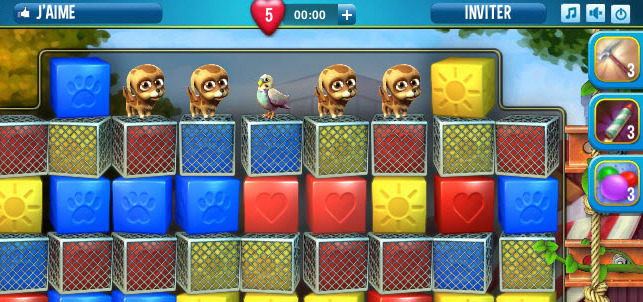Gamification principles you should consider in mobile product management
by Jonathan Kohl — Jan 31 '14
by Jonathan Kohl — Jan 31 '14

Recently, I’ve been designing game experiences for mobile devices. I was asked by another client what game concepts they should consider with their non-game offerings. This was my answer:
1. Understand your engagement competition
I’m sure you understand your direct competitors. I want to talk about a different kind of competition for the time and eyeballs of your users on their mobile devices. With a smaller screen device that supports one window or app view at a time, you are competing with a lot of other apps for their precious time. Why should they spend time on your application when they have more fun things to do while they are on the move?
There are several surveys on mobile usage that show the most popular activities on mobile devices are gaming and entertainment. I’ve seen some numbers as high as 50%. Also, many mobile users have a lot of apps on their devices, so your app has to compete with all of those, especially the ones that they return to over and over.
2. Slick look and feel
Games are engaging in how they look and how they respond to interaction. They use great colors, and the color schemes work in different lighting. Is it dark out? No problem. Are you outside in bright sunlight? You can still see it, and feel drawn in and comfortable based on the color scheme and UI elements they have chosen.
3. Excellent usability
A lot of people get turned off of an app experience if they feel confused. Game companies study user behavior to a deep level to combat this. They often go far beyond what I was taught to do in UX. Furthermore, they try to maximize any spare time users might have. Many games can be used with one hand, which frees up more time that can be spent in the app instead of doing something else. Help is often provided within context, right when you need it. They also provide immediate feedback on user inputs to reduce uncertainty, and to keep people engaged. User interaction in games is simple, with small surprises designed in to make them more interesting.
4. Smooth financial transactions
Free to play games sometimes make it almost too easy for people to spend money in games. On the flip side, many non-game apps are awkward and painful when they try to drive people towards premium purchases. Game designers understand purchasing psychology, and they make that transition from desire to ownership incredibly easy and smooth. We can learn a lot from how they implement purchasing. It’s easy to lose a purchase when it takes forever and requires lots of taps and gestures.
These are four simple principles from games that we need to take into account in our applications to help them be more engaging. You don’t have to make your application look and feel like a game, but you can learn from game designers on how to do better and build on your current designs.
Jonathan Kohl is an internationally-recognized consultant based in Calgary, Alberta, Canada. He is also a popular author, speaker and trainer in the software industry. Currently, Jonathan’s project work is in product management, user experience and gamification. Contact Jonathan at www.kohl.ca.
Twitter LinkedIn Google+
Apr 17 '14

Apr 16 '14

Apr 15 '14

Apr 11 '14
Copyright © 2016 CommerceLab


